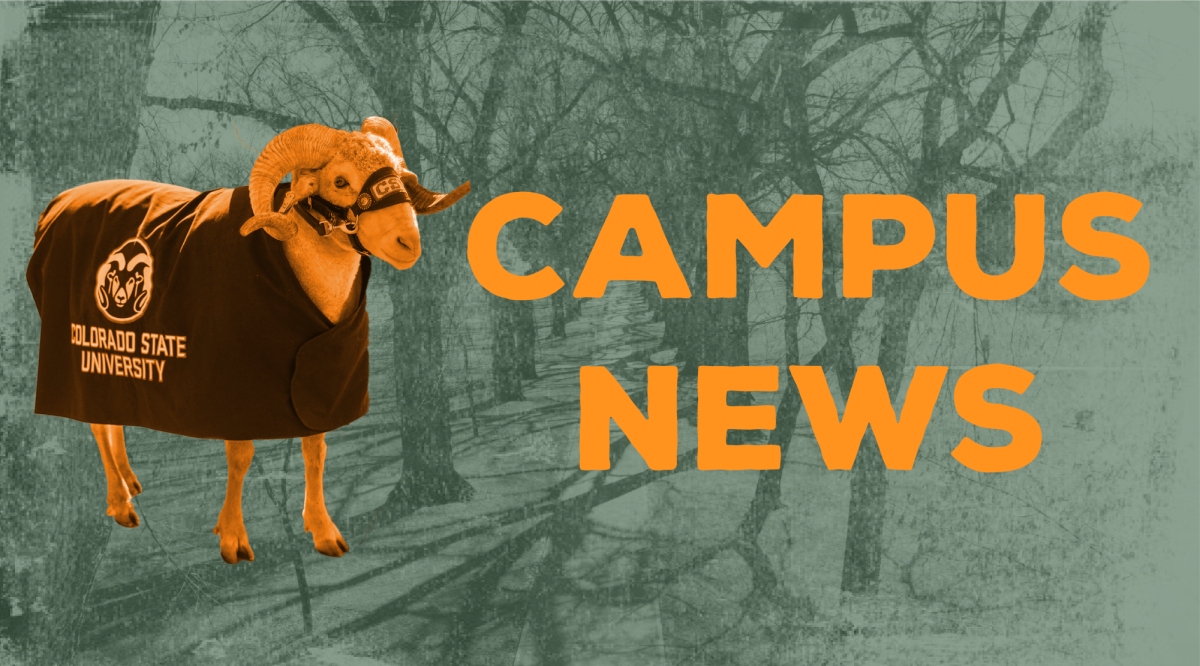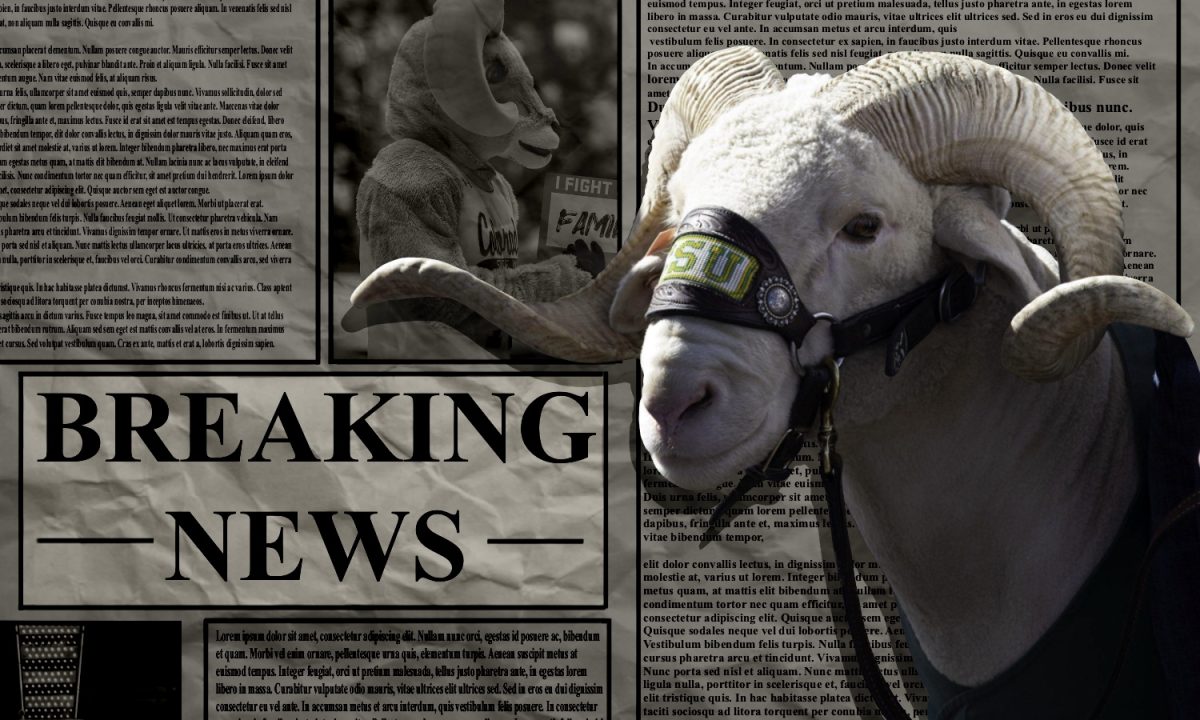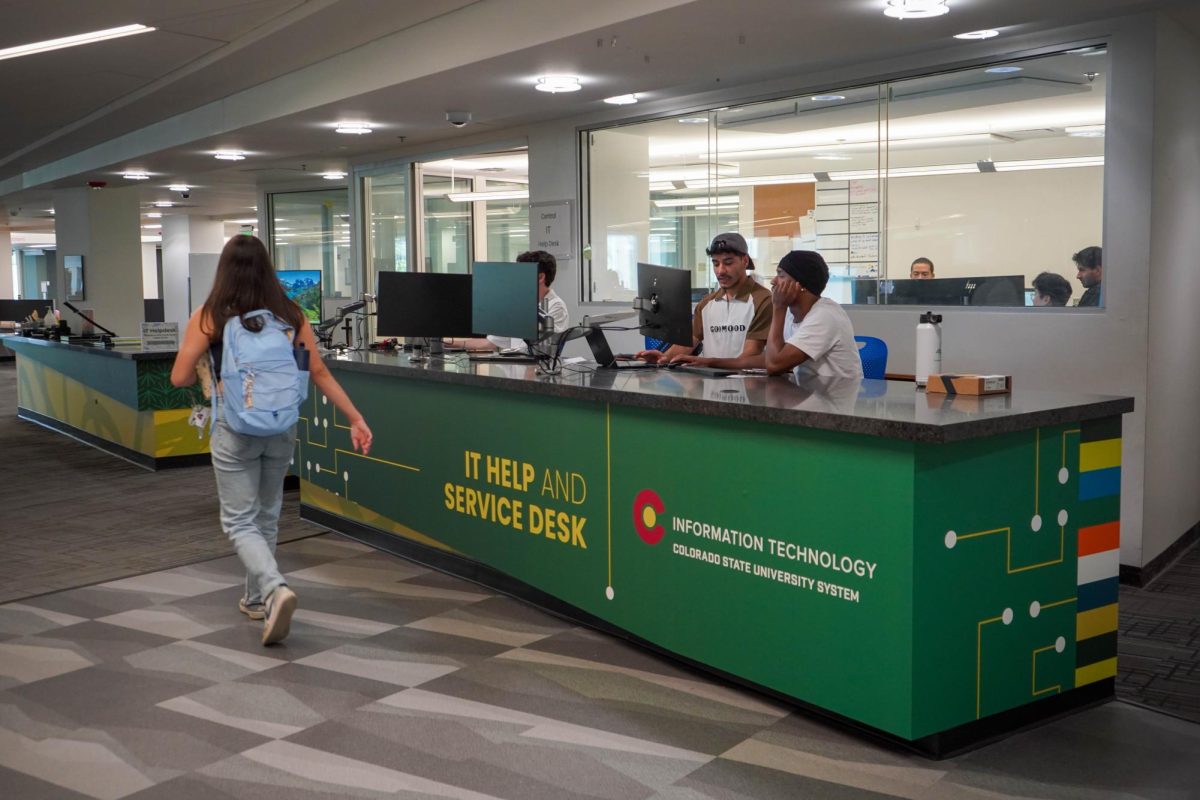Mining large sets of data to identify what makes some plants resilient can be like searching for a needle in a haystack. Researchers at Colorado State University are working together to identify these changes. The hope is to one day engineer plants that can grow well under stressful conditions, such as climate change.
“In Colorado, if you want to do plant science, CSU is the place,” said CSU professor A.S.N. Reddy.
Since coming to CSU, Reddy has been involved in developing cell and molecular plant research in the Department of Biology, as well as developing the interdisciplinary cell and molecular plant program that spans the College of Agricultural Sciences and the College of Natural Sciences.
“My colleagues in (the biology department) are really nice, kind people to work with,” Reddy said. “I really like teaching here, and interacting with my graduate students and postdocs.”
Reddy explained that his lab is interested in understanding how plants sense and adapt to their environment. One of the ways plants adapt to environmental stresses, such as temperature or water, is to change their gene expression. For example, changes in gene expression during a drought can be observed by looking at the different RNA and proteins made.
Asa Ben-Hur, researcher and associate professor in computer science, is working with Reddy to create algorithms that help predict where changes in expression occur in the genome.
Through a process of cutting and reassembly, many genes are able to express more than one “flavor” of RNA. For instance, it may be advantageous for a gene to produce RNA X instead of RNA Y during drought conditions. Computational models developed in Ben-Hur’s lab are making it easier to identify codes within the genome.
Shortly after Ben-Hur arrived at CSU in 2006, he and Reddy produced numerous publications, years of rewarding discoveries and learning opportunities for themselves and their students.
“With our collaboration, we have the ability to really help each other in a progressive manner,” said Mike Hamilton, a Ph.D. student in Ben-Hur’s lab who is working on developing the algorithms.
Hamilton and Ben-Hur agree that working with the scientists who create the data they use in their models is really valuable, since the data generated from the algorithms can aid in designing new experiments and in refining the algorithm.
“Getting the algorithms to give you a piece of basic science is really what’s exciting for us,” Ben-Hur said.
The models developed in Ben-Hur’s lab are general enough that researchers will still find them useful even when studying different plant species or different organisms.
“Mike has been developing a tool that looks at how splicing changes across conditions,” Ben-Hur said. “We tested that tool in four different species, both plants and animals, and we see that we’re getting what looks like biologically meaningful results in all cases.”
Plans are being made to create an interdisciplinary graduate program in computational biology at CSU. According to Ben-Hur, this program will train students in math, computer science, statistics and biological sciences to work together in this growing area of research.
“Medicine is another area where computational biology is going to have a huge impact in terms of developing treatments that are targeted to a specific individual’s response to a disease,” Ben-Hur said. “Personalized medicine is the wave of the future, and the only way to get there is to have this really detailed understanding of biology.”
Collegian Science Beat Reporter Christina Dennison can be reached at news@collegian.com or on Twitter @csdennison





